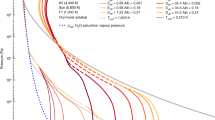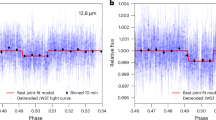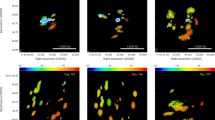Abstract
HAVING been engaged during the past week in observations on the August Meteors, I thought a few of the results might be interesting to some of your numerous subscribers. My regular observations extended from Sunday night to Friday night; and, as the following table will show, the weather was, with the exception of one night, as favourable as could reasonably be desired. From over 120 meteors mapped down (out of about 330 seen) it is evident that the principal radiant point, or rather line, is a line drawn from α Persei to γ Persei, and onwards towards η. One bright meteor was seen on the 8th, just below η Persei, which did not move more than 1/6° in a second of time, and left a cloud behind it lasting about two seconds. A remarkable feature was the outlying radiants, as they appeared to be, one of which was situated at or near θ Cassiopeiæ, another near the star c of Camelopardalis. The radiant situated between δ Cygni and γ Draconis is very well marked; also a radiant near γ Cephei (where another almost stationary meteor was observed); and one just below ɛ Pegasi, towards α Aquarii; associated apparently with the last is a radiant near the small lozenge ini Delphinus, above α Aquilæ.
This is a preview of subscription content, access via your institution
Access options
Subscribe to this journal
Receive 51 print issues and online access
$199.00 per year
only $3.90 per issue
Buy this article
- Purchase on SpringerLink
- Instant access to full article PDF
Prices may be subject to local taxes which are calculated during checkout
Similar content being viewed by others
Author information
Authors and Affiliations
Rights and permissions
About this article
Cite this article
CLARK, J. The August Meteors. Nature 4, 304 (1871). https://doi.org/10.1038/004304c0
Issue date:
DOI: https://doi.org/10.1038/004304c0



